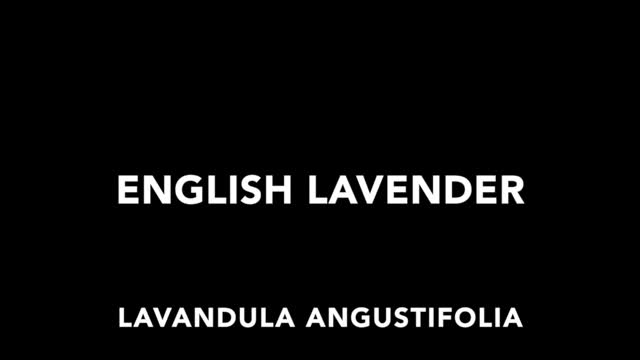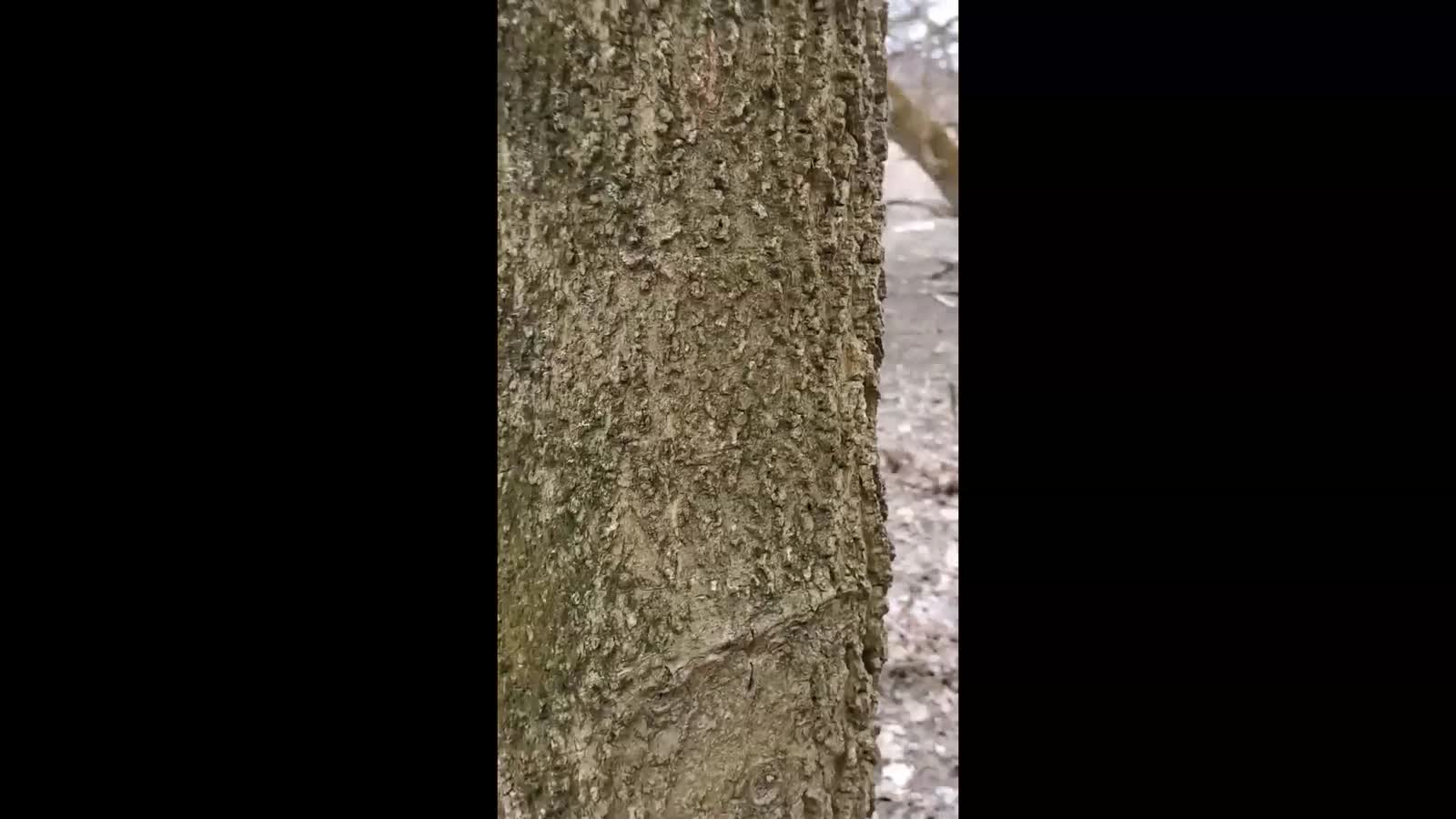Search Results
Results for: 'Plants'
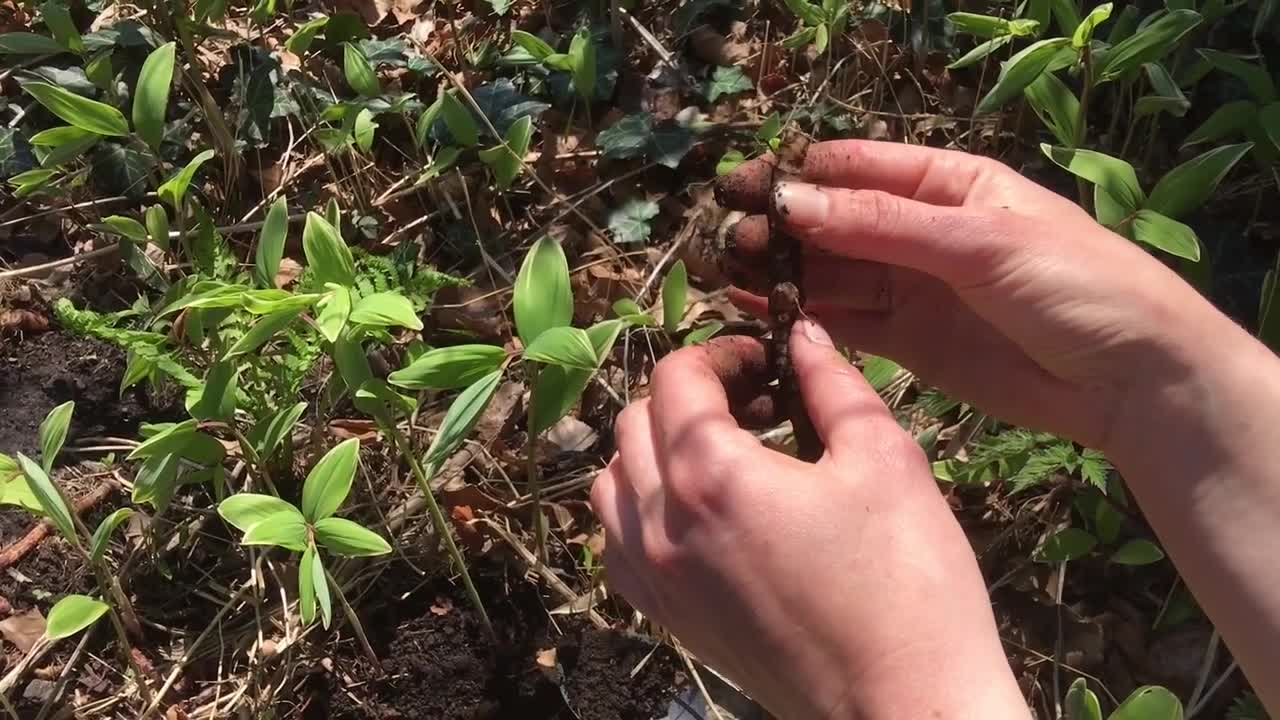
Katherine Elmer takes Plant-Based healing Medicine students on a virtual tour of the array of medicinal plants available on UVM's campus.
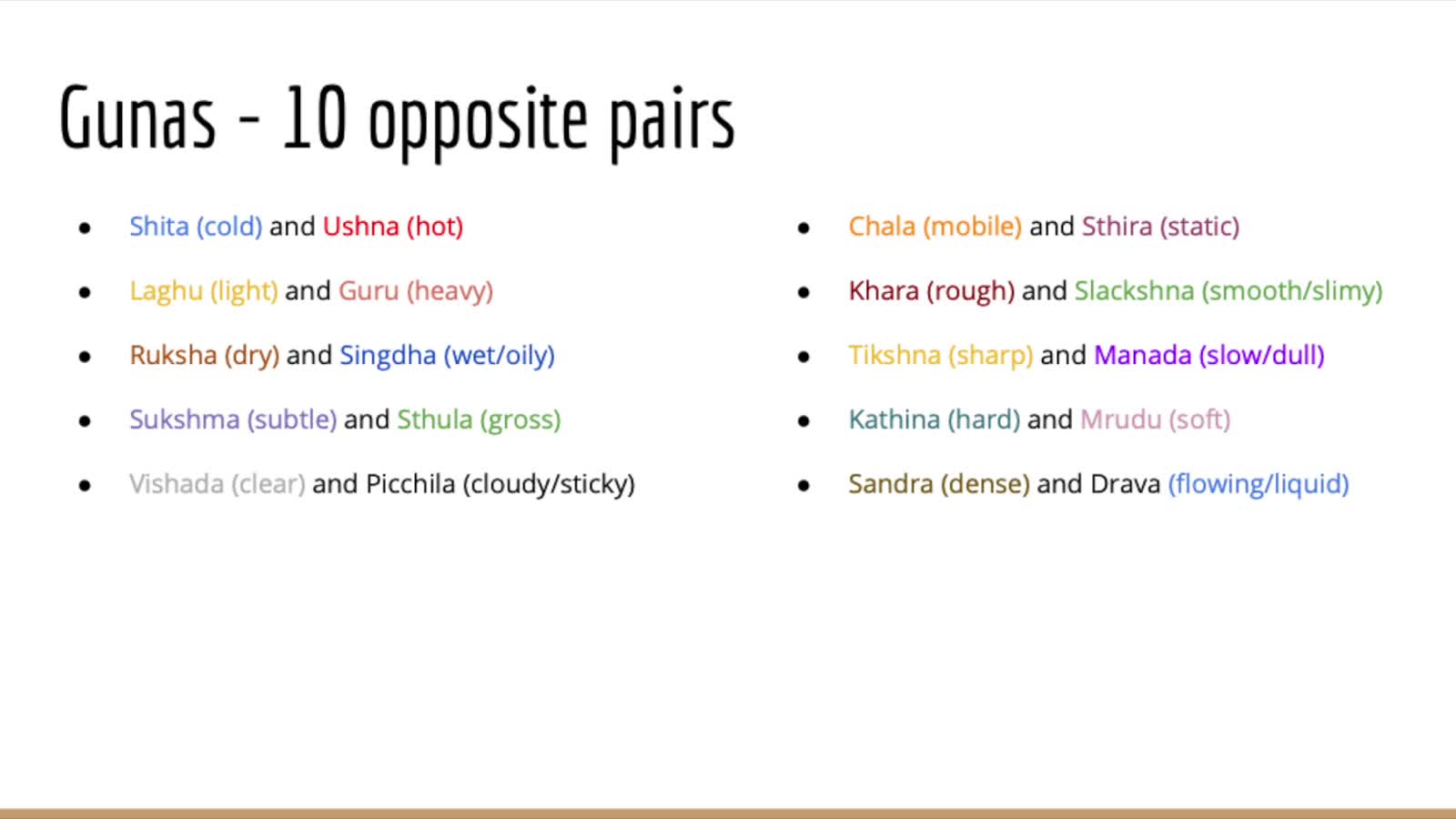
This project touches on the concepts of Ayurveda and how they connect to herbalism, plants, and modern day practices.
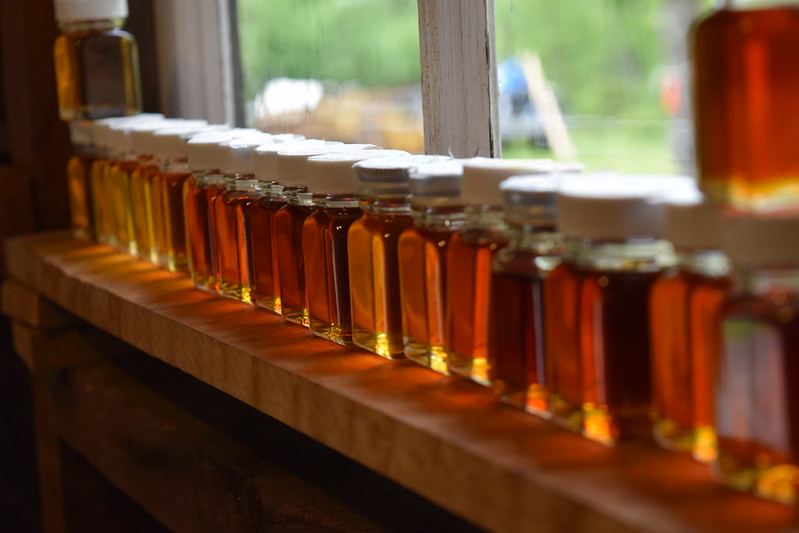
Autumn colors in leaves of maple trees is an annual phenomenon that is highly prized for its beauty and is also economically important. As day length shortens, the tree stops making new green chlorophyll pigment while the chlorophyll already in th...

Gardeners know that earthworms can be beneficial for growing vegetables and flowers by helping with soil aeration and producing fertilizer through their castings. Sugar makers may not know that earthworms and relatively newer invaders the so-calle...

Like people, plants have strong mechanisms to prevent the spread of microorganisms within their tissues. Trees are capable of "walling off" wounds to prevent infections from spreading throughout the tree. This healing process also slows, and event...

The sugaring season has been over for a while. Maple trees ended their annual period of dormancy when their winter buds broke, allowing new leaves to emerge. These lush green leaves are now working to produce all the energy needed for the tree to ...

